A Tale on the Palladian Unesco Heritage
Like a tapestry woven with threads of history and artistry, the Palladian UNESCO Heritage unfolds a narrative of architectural splendor and cultural significance.
As the sun sets behind the elegant facades of Palladio’s creations, a sense of wonder and admiration fills the air, beckoning one to explore further into the world of Palladian architecture.
From the grandeur of the Venetian villas to the meticulous design details of palaces, each structure holds a story waiting to be discovered, offering a glimpse into a bygone era where creativity and craftsmanship knew no bounds.
Key Points
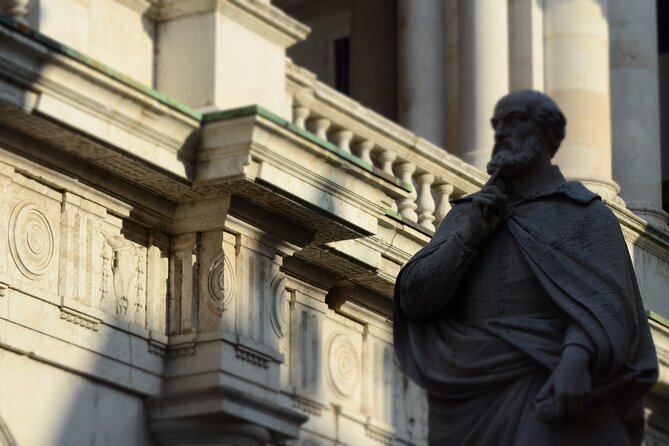
- Palladian architecture’s UNESCO recognition signifies global cultural importance.
- Andrea Palladio’s legacy inspires contemporary architects worldwide.
- Palladian design principles blend classical elegance with modern functionality.
- Preservation of Palladian villas showcases enduring architectural sophistication.
History of Palladian Architecture
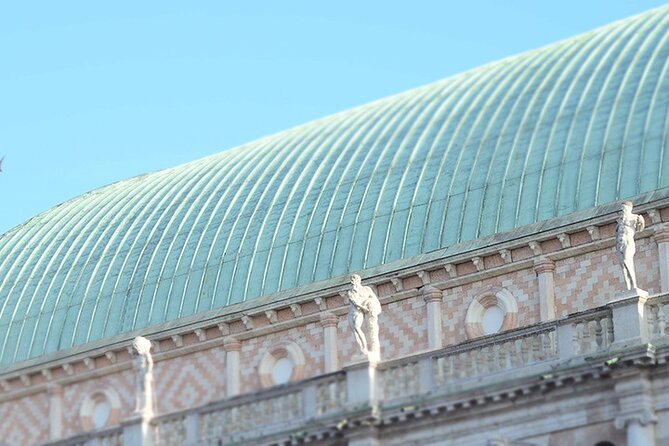
Palladian architecture, named after the influential Venetian architect Andrea Palladio, revolutionized the design principles of classical buildings during the Renaissance period. This architectural evolution emphasized symmetry, proportion, and the use of classical orders to create harmonious structures.
Palladio’s designs, characterized by balance and elegance, had a profound cultural significance, influencing architects across Europe and the United States. The Palladian style became synonymous with sophistication and refined taste, reflecting a revival of classical ideals and a departure from the intricate ornamentation of the Baroque era.
Palladian architecture’s emphasis on simplicity and grace left a lasting legacy, shaping the architectural landscape for centuries to come.
Palladian Villas in Veneto Region
Nestled amidst the picturesque landscapes of the Veneto region, these exquisite villas showcase the timeless elegance and architectural mastery of the Renaissance era.
The Palladian villas, characterized by their symmetrical designs, classical elements, and graceful proportions, stand as a testament to Andrea Palladio’s innovative architectural style.
Visitors are captivated by the harmonious blend of aesthetics and functionality in these historic residences, each telling a unique story of opulence and sophistication.
From Villa Foscari, also known as La Malcontenta, with its riverside setting, to Villa Emo’s perfectly proportioned façade, the Palladian villas offer a glimpse into a bygone era of architectural splendor.
Exploring these treasures allows one to appreciate the enduring influence of Palladio’s distinctive style on the Veneto region’s architectural landscape.
Influence of Andrea Palladio
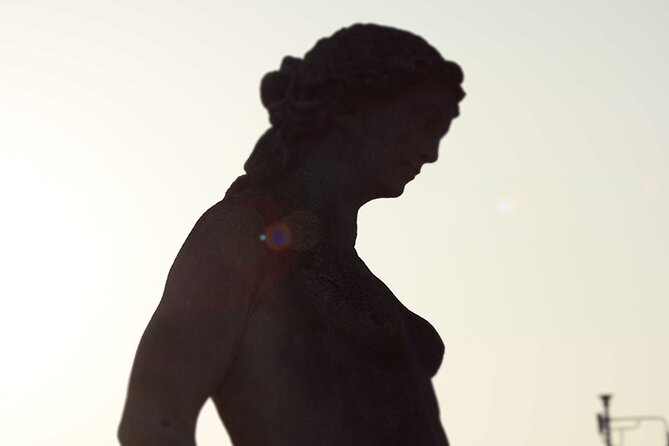
With an enduring legacy that continues to shape architectural design to this day, Andrea Palladio’s innovative approach revolutionized the way we perceive and construct spaces. The Palladian style, characterized by symmetry, proportion, and classical elements, has had a profound architectural influence worldwide. Palladio’s designs, such as the Palladian villas in the Veneto region of Italy, showcase his mastery in blending classical principles with contemporary needs. His emphasis on harmony and simplicity has inspired countless architects, leading to the widespread adoption of Palladian elements in various structures globally. The table below highlights key aspects of Palladio’s architectural influence:
| Key Aspects | Description | Impact |
|---|---|---|
| Symmetry | Balanced design elements | Creates visual harmony |
| Proportion | Harmonious ratios and scales | Enhances aesthetic appeal |
| Classical Elements | Columns, pediments, and arches | Adds a sense of grandeur |
| Influence on Design | Adoption of Palladian principles in modern architecture | Continues to influence architects |
| Global Reach | Spread of Palladian style beyond Italy | International architectural impact |
Palladian Architectural Features
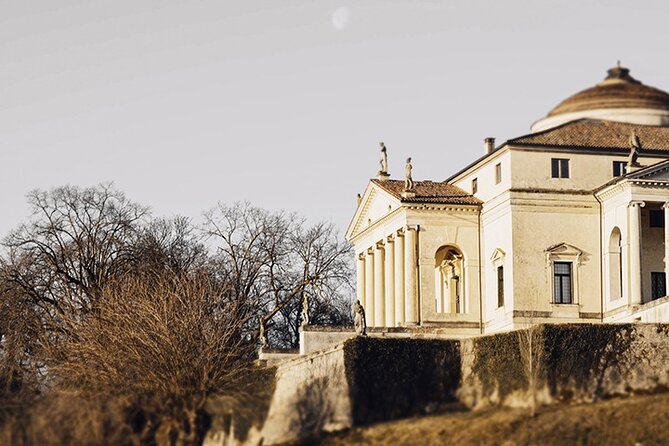
Characterized by graceful arches and elegant columns, the architectural features inspired by Palladio exude timeless sophistication and classical grandeur. Palladian design is renowned for its harmonious proportions and symmetrical layouts, showcasing a perfect blend of form and function.
The architectural beauty of Palladio’s creations lies in the meticulous attention to detail, with elements such as pediments, porticos, and domes adding a sense of grandeur to each structure. The use of classical orders, including Doric, Ionic, and Corinthian columns, further enhances the elegance and refinement of Palladian architecture.
Visitors are captivated by the sense of balance and harmony that permeates every aspect of these architectural masterpieces, reflecting Palladio’s enduring influence on the world of design.
UNESCO Recognition of Palladian Heritage

The UNESCO recognition of Palladian heritage highlights the global significance and cultural value of these architectural masterpieces. This prestigious acknowledgment underscores the architectural significance of Palladian buildings, showcasing their impact on global architectural history.
By being recognized by UNESCO, these structures aren’t only celebrated for their aesthetic beauty but also for their historical and cultural importance. This recognition serves as a testament to the enduring legacy of Palladio’s architectural style, which continues to influence and inspire architects and designers worldwide.
The UNESCO recognition elevates these Palladian buildings to a status of international importance, emphasizing their contribution to the rich tapestry of architectural heritage that the world cherishes.
Preservation Efforts and Challenges
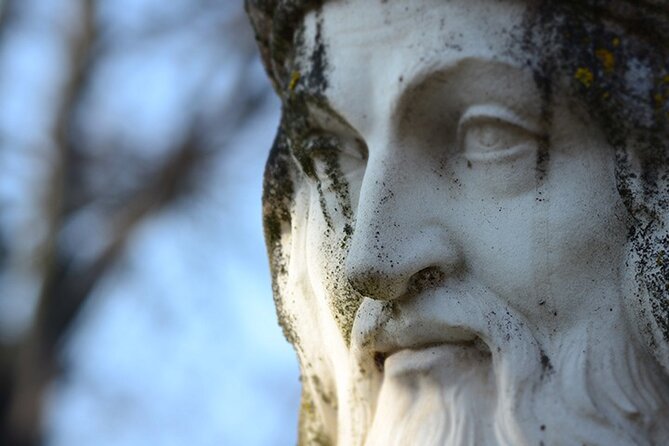
Preserving the architectural integrity of Palladian heritage sites poses both unique challenges and opportunities for conservationists and historians alike. While efforts are made to maintain these historic structures, several challenges arise:
- Preservation Challenges: Balancing the need for conservation with modern functionality can be complex.
- Financial Constraints: Securing funding for restoration projects is a continual hurdle.
- Modern Interpretations: Adapting Palladian architecture to suit contemporary needs while respecting its historical significance presents a delicate balance.
Navigating these preservation challenges requires a deep understanding of the architectural heritage and a commitment to ensuring these iconic sites can be enjoyed for generations to come.
Visiting Palladian Sites Today
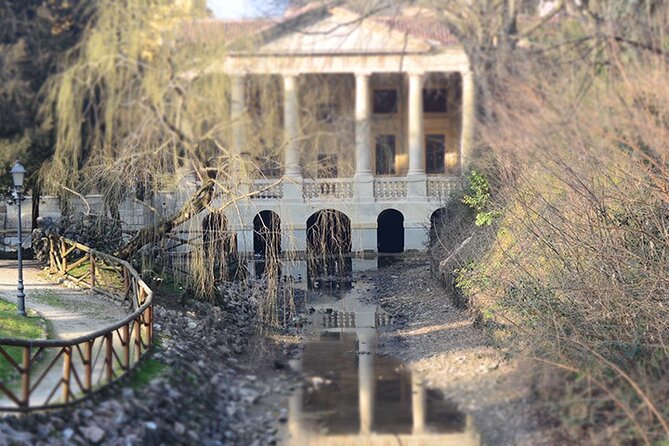
When planning a visit to Palladian sites today, visitors can expect to enjoy the timeless beauty and architectural mastery of these historic landmarks. Modern interpretations and architectural adaptations have kept these sites relevant in contemporary times, showcasing their cultural significance. To provide a clearer picture, consider the following table:
| Aspects | Description |
|---|---|
| Modern Interpretations | Buildings adapted for current use while preserving Palladian design elements |
| Architectural Adaptations | Incorporation of modern amenities without compromising historical integrity |
| Contemporary Relevance | Relevance of Palladian architecture in today’s architectural landscape |
Exploring these sites offers a glimpse into the past while highlighting their enduring appeal and cultural importance.
Appreciating Palladian Legacy

Exploring the architectural evolution of Palladian sites reveals a rich tapestry of historical significance intertwined with contemporary appreciation for timeless design principles. The Palladian design, characterized by symmetry, proportion, and classic beauty, continues to captivate architects and enthusiasts worldwide.
Its influence can be seen in modern structures, showcasing the enduring legacy of Andrea Palladio. The cultural significance of Palladian architecture transcends time, symbolizing an era of rebirth and artistic revival. Through meticulous attention to detail and a harmonious blend of form and function, Palladian buildings stand as a testament to the enduring allure of classical aesthetics.
In essence, appreciating the Palladian legacy involves recognizing its enduring impact on architectural history and design philosophy.
Common questions
What Is the Best Time of Year to Visit Palladian Sites in the Veneto Region?
The best time to visit Palladian sites in the Veneto region is during spring and fall when the weather is mild, and crowds are fewer. Explore iconic landmarks like Villa Rotonda and Teatro Olimpico for an unforgettable experience.
Are There Any Guided Tours Available for Exploring Palladian Villas?
For exploring Palladian villas, guided tours offer insights into architectural details and the cultural significance within historical context. Visitors can explore the rich heritage with expert guides, enhancing the experience and understanding.
Can Visitors Access the Interiors of Palladian Villas or Are They Only Viewable From the Outside?
Visitors can access the interiors of Palladian villas on guided tours. Preservation efforts and ongoing restoration work ensure a glimpse into the historical grandeur. Experience the beauty and history firsthand, beyond just exterior views.
Are There Any Specific Dress Codes or Restrictions for Visiting Palladian Sites?
When visiting Palladian sites, it’s important to respect cultural etiquette by dressing modestly. Photography rules may vary, so it’s best to check on-site guidelines. Some sites may have attire guidelines and visitor restrictions, so plan accordingly.
Are There Any Special Events or Festivals Dedicated to Celebrating Palladian Architecture and Heritage?
Special events and festivals celebrate Palladian architecture’s cultural significance in the Veneto region. Visitors can enjoy architectural tours, exhibitions, and lectures. These events highlight the beauty and historical importance of Palladian sites, fostering a deeper appreciation for the region’s heritage.
Last Words
As visitors wander through the splendid Palladian villas and palaces in the Veneto region, they’re transported back in time to an era of architectural brilliance and cultural significance.
The enduring legacy of Palladio’s masterpieces, recognized by UNESCO, continues to inspire awe and admiration.
With efforts in preservation and restoration, these architectural gems stand as a testament to the genius of Palladio and the timeless beauty of Palladian architecture.
Explore, appreciate, and be captivated by the Palladian UNESCO heritage.